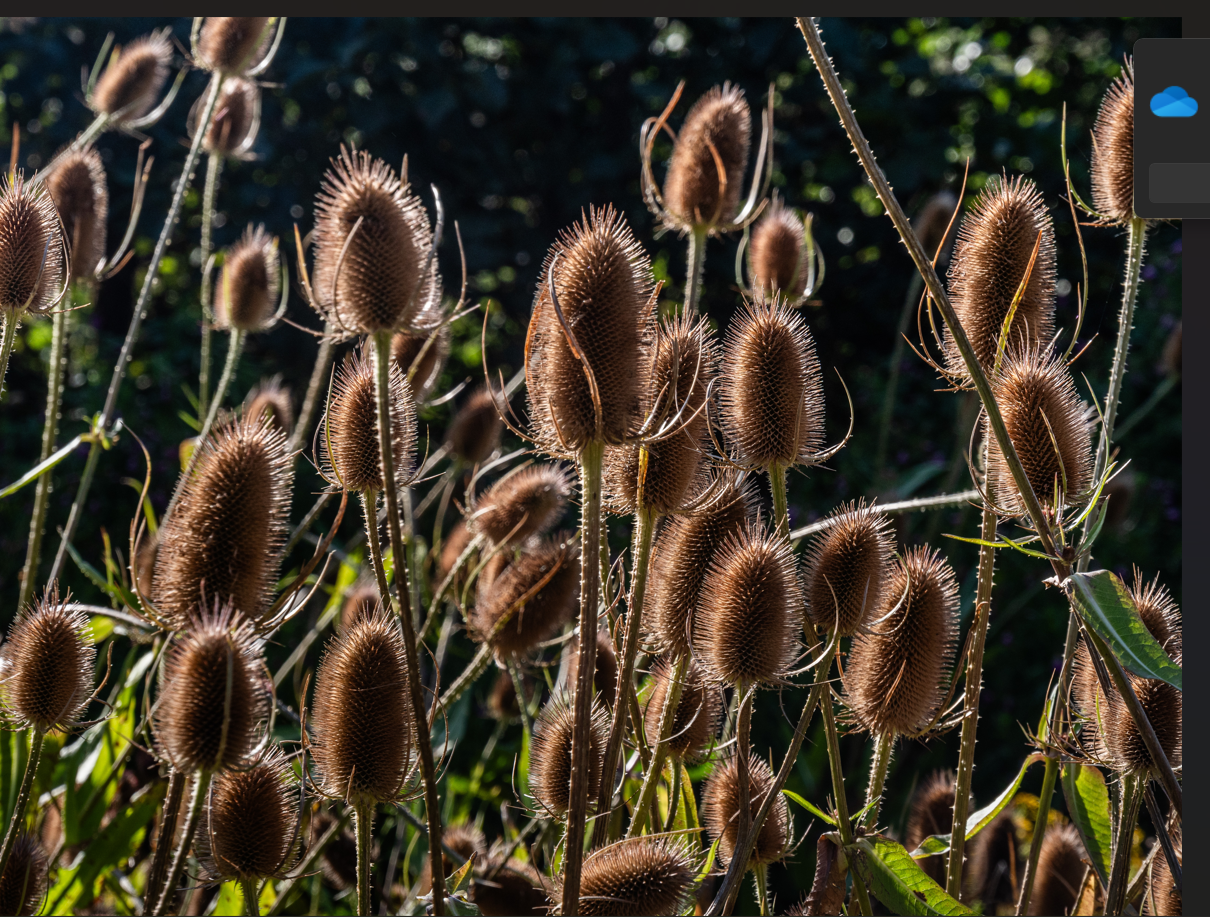Green Heritage in Action: Autumn in Edinburgh’s Historic Parks
POSTED ON September 26, 2025 BY James Garry
Edinburgh’s green spaces are living heritage, vital for biodiversity, climate resilience and community wellbeing.
Autumn casts a golden glow over Edinburgh’s landscapes, when the city’s green spaces feel at once timeless and fleeting. The trees shift through shades of gold and red in Princes Street Gardens, the slopes of Calton Hill take on a warmer hue, and the ivy and undergrowth of Warriston Cemetery darken with the season. These spaces remind us that Edinburgh’s built and natural heritage is not only carved in stone but also written in soil, water and leaf. They are the city’s living archives, repositories of memory and resilience, and their importance has never been greater.
In the very heart of the city, Princes Street Gardens embodies the tensions of Edinburgh’s green heritage. Beneath the Castle, its lawns and trees offer a refuge from the bustle of shops and traffic, while monuments stand as witnesses to centuries of change. Yet these same lawns often serve as stages for major events, placing pressure on fragile habitats. The challenge is to ensure that civic celebration and ecological health can coexist, and that the gardens remain a place of retreat as well as spectacle.
Climbing the volcanic slopes of Calton Hill offers a different experience, where the monuments are inseparable from the natural drama of the landscape. Here, vegetation clings to shallow soils, archaeological traces linger beneath the grass, and the panorama connects past and present. Heavy footfall erodes paths and habitats, but careful stewardship can ensure that this cherished landmark continues to inspire without being diminished.
Edinburgh’s historic cemeteries tell a further part of the story. Warriston, with its Victorian origins, has evolved into a place of rewilding, where birds nest among ivy-clad stones and wild plants brighten forgotten corners. Such untidiness carries its own beauty, a reminder that nature does not always conform to ordered design. Smaller kirkyards such as Greyfriars, Canongate and St Cuthbert’s share this blend of memory and ecology, where ancient trees shade gravestones and lichens spread quietly across inscriptions. In autumn, they offer intimate spaces of reflection where biodiversity and human history intertwine.
Holyrood Park, dominated by Arthur’s Seat, shows how deep time shapes the present. Its volcanic crags and lochs carry stories of geology, medieval farming and natural diversity, while today they provide habitats for birds and plants alongside routes for walkers and runners. As the climate warms, the park’s role as a cooling and open space becomes ever more vital, supporting both ecological systems and human health.
The Meadows and Bruntsfield Links demonstrate the civic character of green heritage in another way. Once open grazing land, they became threatened in the nineteenth century by proposals for development. It was Lord Cockburn himself who intervened, recognising their importance as common ground in the expanding city. His campaign helped secure these spaces for future generations, setting the tone for what would later become the Cockburn Association’s wider mission of protecting Edinburgh’s civic environment. Today the Meadows and Links remain the city’s communal backyard, alive with games, cycling and quiet moments of rest. Their tree-lined avenues absorb carbon and mitigate heat, proving that these commons are not only recreational spaces but also crucial to the city’s climate resilience.
Inverleith Park extends this legacy, its Victorian planning now enriched by community gardens and biodiversity projects. Saughton Park shows how restoration can bring new life, with flood-smart meadows, inclusive design and heritage planting held together in a single framework. Both places remind us that historic landscapes can evolve without losing their character.
Running like a thread through the city, the Water of Leith connects these varied landscapes. Industrial relics stand beside wooded banks where salmon leap and kingfishers flash. Autumn leaves drift on the current, a reminder of constant change. The walkway depends on community effort for its upkeep, showing how civic stewardship sustains both heritage and ecology.
All of these spaces bring opportunities as well as risks. Edinburgh is fortunate in the richness of its green heritage, from monumental parks to hidden corners, but their very popularity can make them vulnerable. Heavy visitor use, large-scale events and development pressures test their resilience. At the same time, they offer immense potential for biodiversity, for climate adaptation and for the health and wellbeing of residents. The question is how to balance these roles with care.
Autumn, more than any other season, makes the point clear. The beauty of the city’s parks, hills, cemeteries and riverbanks lies not only in their colours but in what they represent, continuity, adaptation and civic identity. They remind us that Edinburgh is not simply a city of stone but a city of living landscapes, a place where built and natural heritage must be cared for together. Protecting these spaces is not just a matter for councils or campaigners but for everyone who uses them. By walking with care, supporting community groups and speaking up for thoughtful management, we can all help ensure that Edinburgh’s green heritage continues to thrive. To value them now is to secure them for the future.
Further Reading and Sources
- Cockburn Association – Biography of Lord Cockburn
- Cockburn Association – Campaigning for Edinburgh
- City of Edinburgh Council – Parks and Greenspaces
- Historic Environment Scotland – Holyrood Park
- Friends of the Meadows and Bruntsfield Links
- Water of Leith Conservation Trust
- Friends of Warriston Cemetery
- Royal Botanic Garden Edinburgh
Image: G. Gainey

